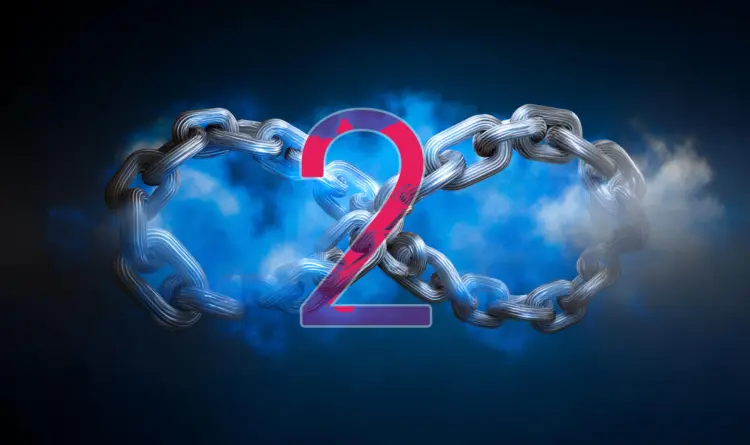Cloud Detection and Response (CDR) is a cybersecurity strategy that focuses on continuously monitoring, detecting, and responding to threats across cloud-native environments. As organizations move critical workloads and data to the cloud, they face an evolving threat landscape marked by dynamic resources, decentralized architectures, and increasing complexity. CDR provides purpose-built tools and processes for securing cloud infrastructure, enabling security teams to detect malicious activity in real time and respond with speed and precision.
What is Cloud Detection and Response?
Cloud Detection and Response is a set of capabilities designed to identify, investigate, and mitigate security threats within cloud environments. CDR solutions monitor cloud configurations, APIs, workloads, network traffic, and user behavior to detect anomalous activity that may indicate a breach or policy violation. Unlike traditional detection tools designed for static, on-premises environments, CDR accounts for the dynamic, ephemeral, and distributed nature of public, private, and hybrid cloud infrastructures.
CDR encompasses a blend of technologies including threat intelligence, behavioral analytics, machine learning, and security automation. These capabilities work together to surface high-fidelity alerts, contextualize findings, and initiate rapid remediation or containment actions. CDR platforms often integrate with Security Information and Event Management (SIEM), Security Orchestration Automation and Response (SOAR), and other cloud-native monitoring tools.
Why CDR is Important
With the rise of multi-cloud and hybrid environments, traditional perimeter-based defenses are no longer sufficient. Cloud computing introduces new risks stemming from:
- Rapid provisioning of cloud services without security oversight
- Complex identity and access management structures
- Misconfigured APIs and exposed storage
- Ephemeral workloads and container orchestration
According to Verizon’s Data Breach Investigation Report, vulnerability exploitation remains one of the leading causes of cloud breaches. CDR provides the necessary continuous monitoring and threat detection needed to quickly identify and remediate such risks before adversaries can leverage them.
CDR also plays a critical role in regulatory compliance. Frameworks such as GDPR, SOC 2, HIPAA, and PCI DSS require organizations to monitor access and detect suspicious behavior. CDR platforms generate audit trails and security telemetry that support these requirements.
How Cloud Detection and Response Works
CDR platforms function through a layered process:
- Data Collection: CDR tools collect telemetry from across the cloud environment, including:
- Cloud provider logs (e.g., AWS CloudTrail, Azure Activity Logs)
- API calls and IAM policy changes
- Container runtime data
- Network traffic and flow logs
- Workload behaviors and user activity
- Threat Detection: This telemetry is analyzed using a combination of:
- Rule-based detections for known attack patterns (e.g., brute force, credential misuse)
- Behavioral analytics and anomaly detection
- Machine learning to model normal activity and surface deviations
- Threat intelligence feeds to correlate indicators of compromise (IOCs)
- Response and Remediation: When a threat is detected, the platform may:
- Generate alerts with contextual details
- Trigger automated responses such as isolating an instance or revoking access
- Integrate with SOAR platforms for orchestrated response
- Capture forensic snapshots for investigation
- Feedback and Optimization: Continuous learning improves detection accuracy and reduces false positives. Findings from each incident are used to tune detection rules and improve future responses.
Key Challenges and Risks
CDR is essential due to the specific challenges cloud environments introduce:
- Ephemeral resources: Containers and serverless functions may terminate before detection occurs, limiting forensic opportunities.
- Scale and complexity: Cloud environments generate vast quantities of log data that can obscure true threats without effective correlation.
- Alert fatigue: High false positive rates can overwhelm security teams and delay response to real incidents.
- Cross-cloud visibility: Multi-cloud strategies create fragmented monitoring unless unified tooling is in place.
- Skill gaps: CDR requires cloud-specific expertise that many organizations are still building internally.
These challenges highlight the need for purpose-built, automated, and context-aware cloud detection solutions.
Best Practices for Effective CDR
To implement a successful CDR strategy, organizations should:
- Enable comprehensive logging: Activate and centralize logs from all cloud services and layers.
- Establish a unified threat detection framework: Use platforms that correlate activity across workloads, identities, and configurations.
- Automate common response actions: Use playbooks to accelerate response and reduce reliance on manual intervention.
- Develop cloud-specific incident response plans: Address the ephemeral and distributed nature of cloud environments.
- Adopt zero-trust principles: Continuously validate identities and restrict privileges to limit attack surfaces.
- Conduct regular red team and simulation exercises: Validate CDR effectiveness and identify coverage gaps.
Guidance from agencies like CISA and standards such as MITRE ATT&CK for Cloud provide foundational frameworks for building effective detection strategies.
How Orca Security Helps
The Orca Cloud Security Platform delivers cloud-native detection and response capabilities through a unified, agentless platform that covers AWS, Azure, GCP, and other cloud providers. Orca continuously scans workloads, identities, and configurations to identify active threats, suspicious and anomalous behaviors, and potential attack paths.
Key capabilities include:
- Agentless and real-time threat detection: Orca combines agentless CDR with real-time visibility and protection to neutralize active or potential threats.
- AI-Driven Remediation and accelerated incident response: Orca accelerates and automates remediation and response through AI-driven features, comprehensive runtime policies, and assisted options.
- Prioritized alerts: Orca detects and analyzes threats holistically and prioritizes them according to severity and business impact.
- Forensic context: Orca delivers deep and contextual analysis that accelerates threat investigation and response efforts.
- Seamless integrations: Orca supports deep integrations with SIEM, SOAR, and XDR platforms, as well as other tools, for automated workflows.
By simplifying detection and response at scale, Orca empowers security teams to protect modern cloud environments without slowing down innovation.



